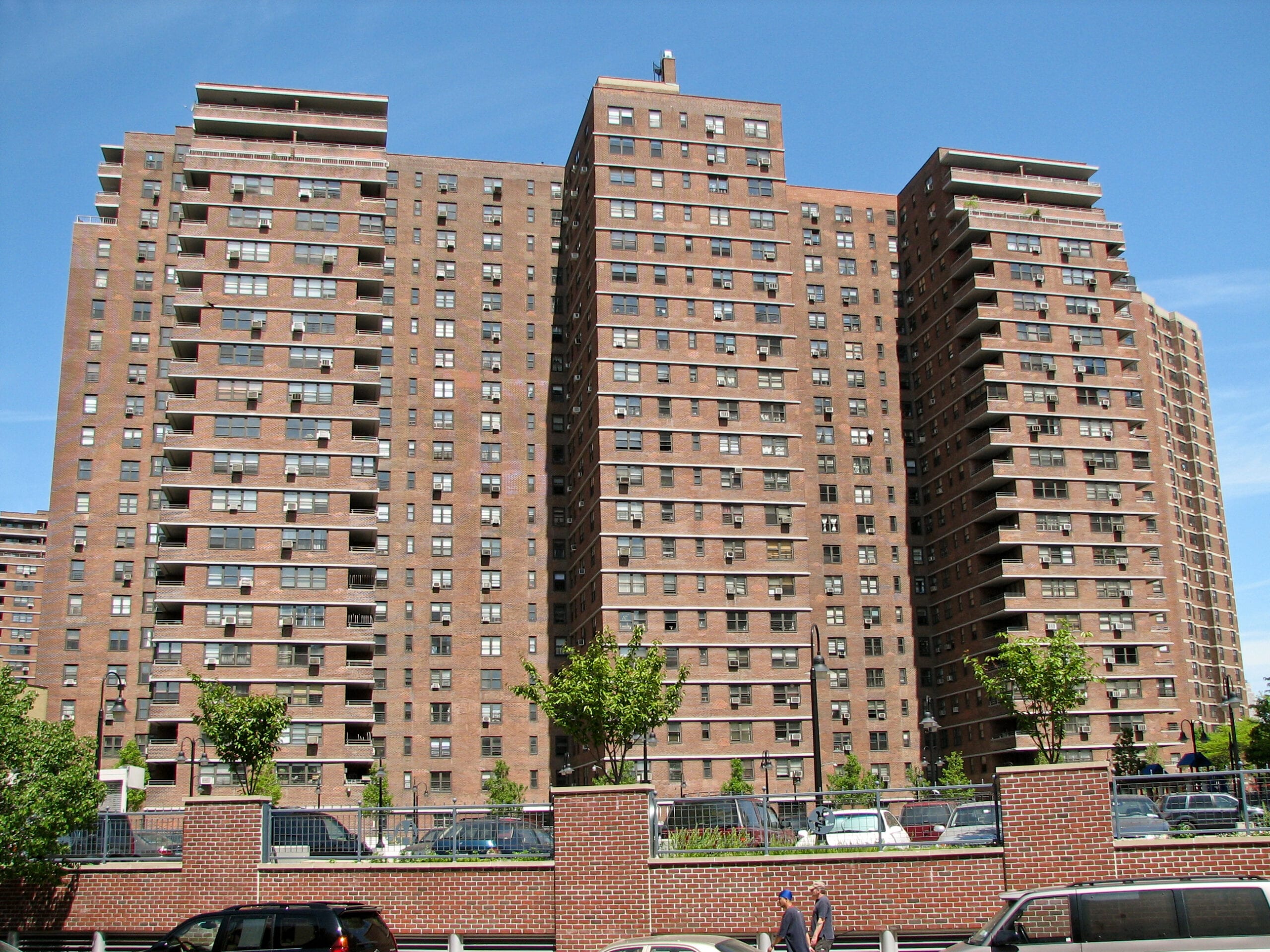New York Energy $martSM Assisted Multifamily Program (AMP)
HR&A designed, implemented, and administered the New York Energy $martSM Assisted Multifamily Program (AMP). AMP provided owners of publicly-assisted and naturally occurring affordable housing with free comprehensive building energy assessments and financial packaging services, including leading negotiations with regulators for reserve release and providing access to grants and low-cost financing. HR&A directed project outreach and intake and policy development, led a multidisciplinary project team inckuding 25 engineering and construction firms across the state, and provided the financial packaging needed to implement energy-saving measures. Between 2002 and 2007, the program ramped up to serve a pipeline of more than 100,000 units and closed deals with a total value of more than $191 million. The program has served as a model for similar initiatives across the nation and was recognized as an exemplary low-income energy efficiency program by the American Council for an Energy-Efficient Economy in 2005. To our knowledge, no program before or since has touched as many affordable units.
As we look forward to renewed policymaking effort at the intersection of equity, response to climate change, and community resilience, AMP offers lessons for program design.
- The tension among financial leverage, energy savings, direct benefit to low and moderate residents, and indirect benefit to low and moderate income residents (via support for developers/landlords’ reinvestment in properties) needs to be acknowledged upfront and a point of view established. AMP prioritized leverage and achieved an unprecedented and, to our knowledge, not-yet-again achieved leverage ratio of $4.66 of other people’s money to every $1 of state money. Its successor program prioritized energy savings and achieved higher per-unit savings than did AMP. AMP delivered more than $375 per unit (2021 $) in direct and indirect savings to LMI tenants, but only about $125 directly, due to the well-known challenges of working in-unit and in interesting landlords in those measures (notwithstanding AMP’s insistence that they be implemented). Leverage also came at the expense of throughput: AMP’s average time to close a deal once an audit was complete was almost 6 months, with much of that time spent negotiating complex layers of contribution.
- To the extent local capacity building is identified as a goal, the capabilities and incentives of community-based-organizations needs to be carefully considered. AMP sought to gin up intake and identify local sources of funding via a network of community-based organizations with whom it would partner. This worked to the (limited) extent that the selected organizations saw the earned income potential for a new business line and, critically, had the capacity to build that business line without start-up capital, which AMP did not (and could not) provide.
- Partnerships with like-minded agencies and institutions are major components of success. Significant demand for AMP services and significant successes of the program can be attributed to the establishment of an excellent working relationship with the regional HUD office, HUD’s public housing authority arm, and the City of New York’s Department of Housing Preservation and Development. These partnerships yielded both units served and financial leverage achieved via release of reserves, collaborative rewriting of regulations governing energy performance contracts, collaborative drafting of performance specifications and tying of as-of-right grants to meeting those specifications, among other initiatives.
- Programs that deliver bespoke benefits have high soft costs. AMP’s leverage ratio drops from $4.66 to $4.12 when program administration costs are taken into consideration (and only $2.13 for small building projects). This suggests the importance of trying to work at a portfolio or other aggregated level.
